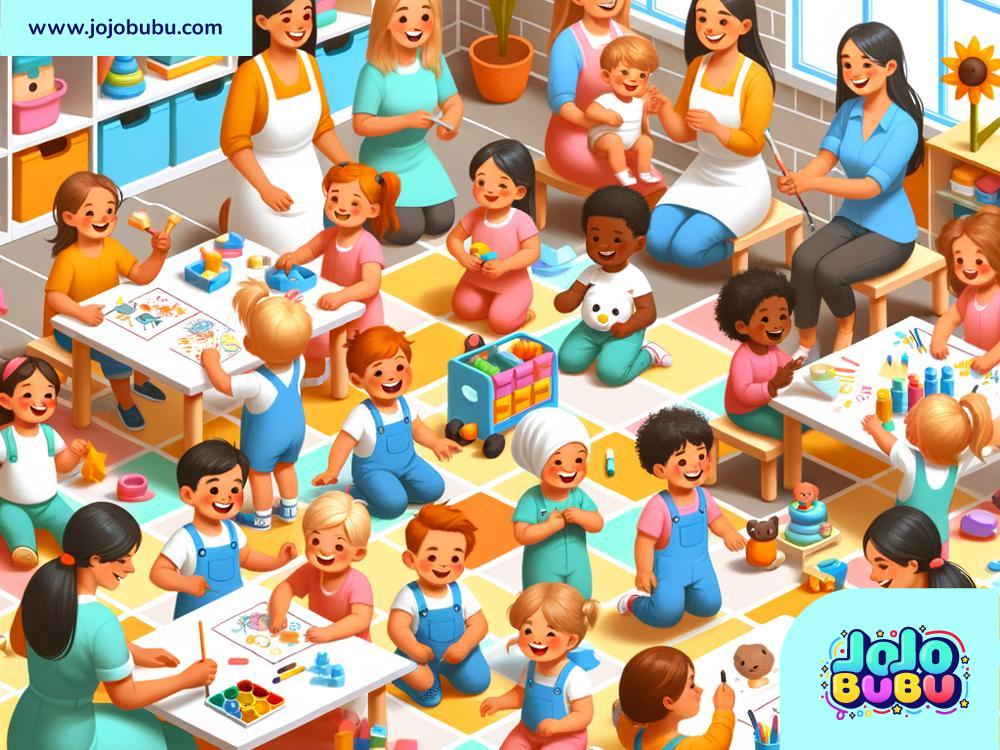Utilizing Childcare Resources: A Guide for Parents
Parenting is one of life’s greatest joys, but it also comes with many challenges. Whether you’re a full-time parent, a working mom or dad, or juggling school and family, finding reliable childcare can make life easier. Luckily, there are many childcare resources out there to assist families like yours. Let’s explore what childcare resources are, why they are important, and how to use them effectively.
What Are Childcare Resources?
Childcare resources are services and programs designed to help families take care of their children when parents or guardians are not available. These resources may include daycare centers, preschools, babysitters, after-school programs, family daycare providers, and government assistance programs designed to support childcare needs.
Some childcare resources also offer educational activities for kids, helping them learn and grow while parents handle work, school, or other responsibilities. These services are not just focused on keeping kids safe; they aim to create fun, supportive environments where children can thrive.
Why Are Childcare Resources Important?
Every parent wants the best for their child. However, many families have busy schedules. Whether you are working a 9-to-5 job or attending college, life's demands make it hard to focus on everything at once. Childcare resources allow parents to balance work commitments and personal life while ensuring that their kids are cared for.
Reliable childcare options also allow children to develop social skills, learn new things, and make friends in secure settings. Parents feel less stressed because they know their children are safe and engaged.
Moreover, affordable childcare resources can help families save money. Some programs offer government-paid or subsidized options, allowing parents with lower income levels to access help without breaking their budgets.
How to Find the Right Childcare Resources
Finding the best childcare resource for your family takes time and effort. Here are some steps to help you:
1. Identify Your Needs
Before you start looking, ask yourself what kind of childcare you need. Do you need full-time daycare for your younger kids? Or maybe an after-school program for older children? Some families only need childcare a few days a week, while others need more regular help. Knowing your needs will help you narrow down your options.
2. Research Your Options
Use the internet to search for childcare services in your area. Visit websites like local childcare directories or community pages. Ask friends, family, and coworkers for recommendations. If you live in the United States, organizations like Child Care Aware can be a great resource.
3. Visit and Ask Questions
Before committing to any childcare service, visit the facility or talk to the provider. Get to know their policies, schedules, costs, and other details. Ask important questions like:
- Is the childcare licensed?
- How many children are there per caregiver?
- What activities do they offer to help kids learn and play?
- What safety measures are in place?
These questions will help you feel confident that your child is in good hands.
Planning for Costs
Childcare costs can be a concern for many families. It’s important to have a clear budget and explore affordable options like government-funded programs, community centers, or co-ops where families work together to share childcare responsibilities.
Subsidized Childcare
Government subsidies in many countries help families pay for childcare. For example, programs like Head Start in the U.S. offer free or low-cost childcare to eligible families. Check with your local government or community organizations to see what’s available in your area.
Tax Benefits
Some countries offer tax credits or deductions for childcare expenses. In the U.S., parents can benefit from the Child Care Tax Credit, which offsets some of the costs of daycare or babysitters.
Supporting Your Child’s Development
Childcare is not only about having someone watch your child—it’s also an opportunity to help your child learn and grow. High-quality childcare resources should encourage creativity, education, and healthy social interactions. Find options that align with your values and goals for your child.
Learning Opportunities
Many childcare programs focus on teaching children basic skills like counting, reading, and teamwork. Enrolling your child in a preschool or daycare with an educational focus can help prepare them for school.
Building Confidence
Childcare centers give kids a chance to meet new people and build confidence. Through play and structured activities, children learn to express themselves and navigate different situations.
Flexibility Matters
Life can be unpredictable, so flexibility is key when choosing childcare resources. Look for services that fit into your family’s schedule. For example, some daycare centers offer extended hours or weekend care. Babysitters or in-home daycare providers can also offer more personalized, flexible options if you work nontraditional hours.
Final Thoughts
Utilizing childcare resources is an important step in creating balance for your family. It allows parents to focus on their careers or education while giving children safe spaces to grow. Whether it’s a daycare, babysitter, or subsidized preschool program, the right childcare resource can make a big difference in your day-to-day life.
Take time to explore your options, ask questions, and find resources that fit your family’s unique needs. Parenting is a journey, and with the help of trusted childcare providers, you can ensure your child stays happy, healthy, and well-cared for while you manage life’s other responsibilities.

